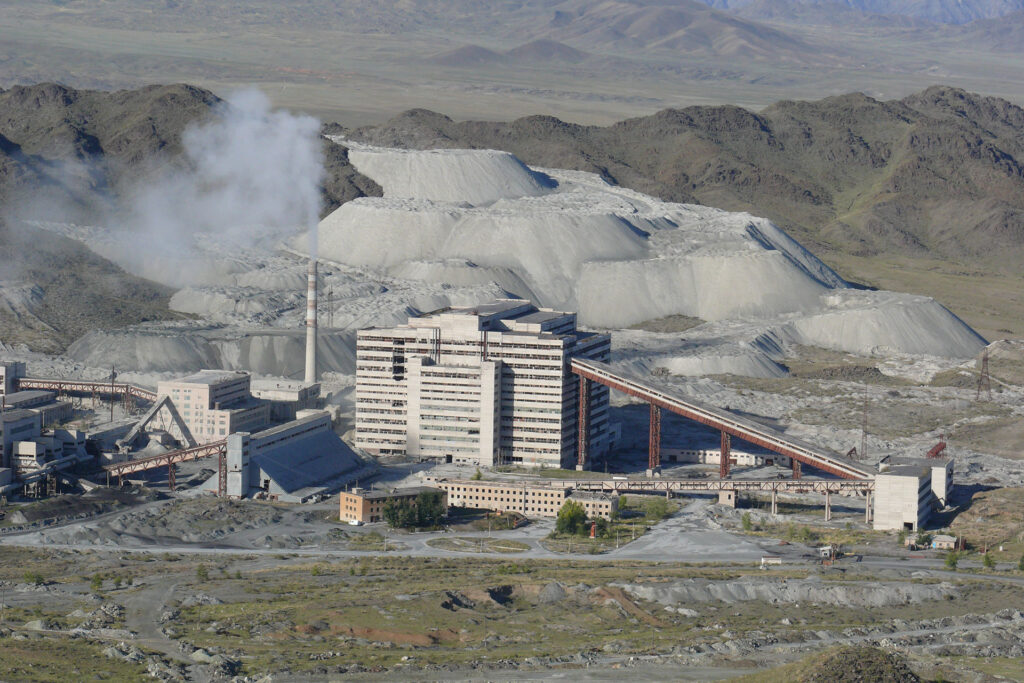Most people are familiar with asbestos insulation, but this naturally occurring mineral was used in thousands of products across numerous industries throughout the 20th century. For example, asbestos was a popular plaster ingredient for decades—that is, until the health hazards of asbestos became evident. Unfortunately, many older buildings still have their original plaster walls, putting occupants and workers at risk for asbestos exposure.
So, how can you tell if your plaster walls are a health hazard? Learn more about when and why asbestos was used in plaster and whether you should be concerned about the walls in your home.
Why Was Asbestos Used in Plaster?
Plaster is a popular finishing material for interior walls. Recipes vary widely by geographic region and application. Asbestos was a common plaster ingredient until the late 1970s because it inexpensively improved the insulating and fire-retardant qualities of the wall. Asbestos-containing plaster also boosted soundproofing and improved aesthetics with a smooth, polished finish.
How Exposure to Asbestos in Plaster Walls Occurs
No matter what product it’s found in, asbestos only becomes dangerous if its microscopic fibers become airborne. This can happen if the product is damaged, disturbed, moved, or crumbled. When you inhale asbestos, the sharp filaments embed themselves in your airway and lungs. Over time, you may develop life-threatening conditions such as mesothelioma or lung cancer.
The people most at risk for asbestos exposure from plaster walls include:
- Construction workers who mixed or applied asbestos-containing plaster
- Renovation teams who cut into, drill through or otherwise damage old plaster walls
- Building occupants who live or work in buildings where the plaster walls have aged enough to break and crumble, releasing asbestos fibers into the air
Is There Asbestos in Your Plaster Walls?
The only way to know for sure is to get a professional inspection. Still, be on the lookout for these warning signs that you have asbestos in your walls:
- Your home was built between 1920 and 1990.
- Your home was renovated between 1920 and 2000.
- Your plaster walls are labeled as “fire-rated.”
The manufacturer, brand, and production date fall into one of these categories:
- National Gypsum, “Gold Bond,” 1935-1975
- Georgia Pacific, “Acoustical” and “Patching,” 1950-1977
- US Gypsum, “Acoustical,” 1920-1975
- Synkoloid, “Synko,” 1950-1976
What To Do if You Think You’ve Been Exposed to Asbestos
There’s no clinically safe level of asbestos exposure, but symptoms don’t appear for years, so it can be difficult to tell if you’ve been exposed. Still, if you start experiencing lingering chest and back pain, flu-like symptoms, shortness of breath, and fatigue after possible asbestos exposure see a doctor for a formal diagnosis.
Then, contact Vogelzang Law, a personal injury law firm dedicated to representing asbestos exposure victims nationwide. If you or a loved one has been diagnosed with an asbestos-related disease, you could be entitled to compensation. Contact our law office in Chicago, IL, or Grand Rapids, MI, to learn how we can help you fight for justice.



